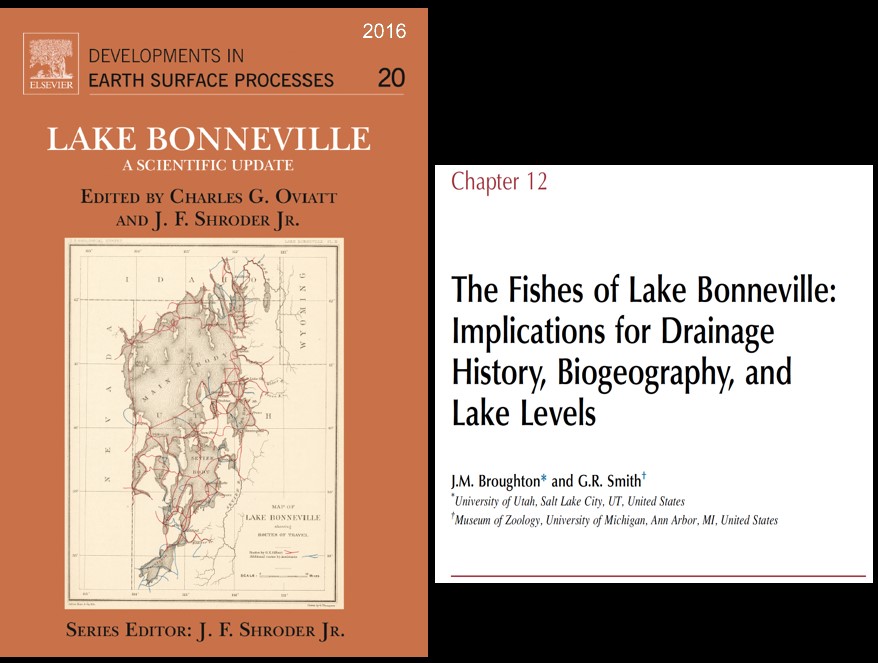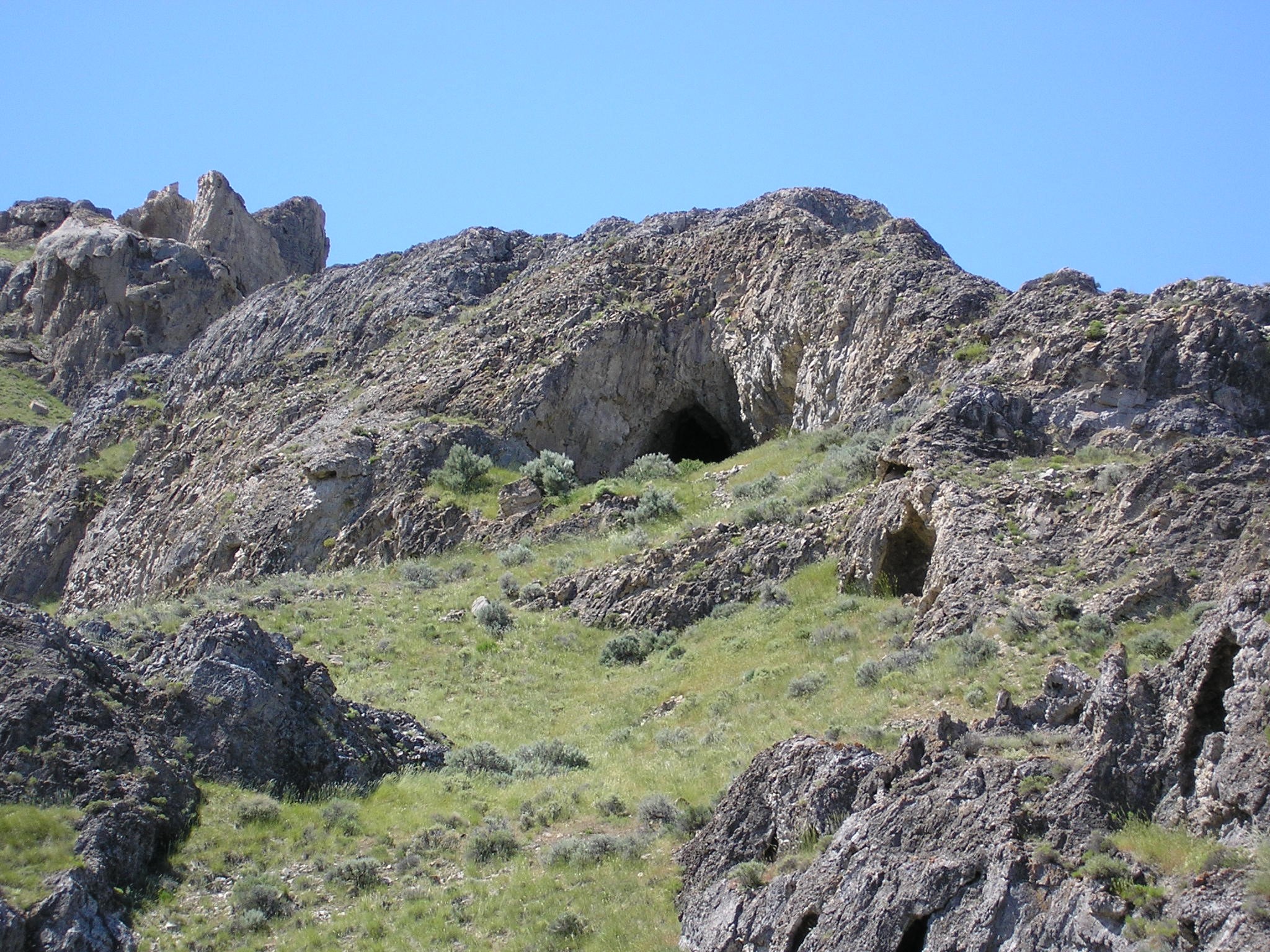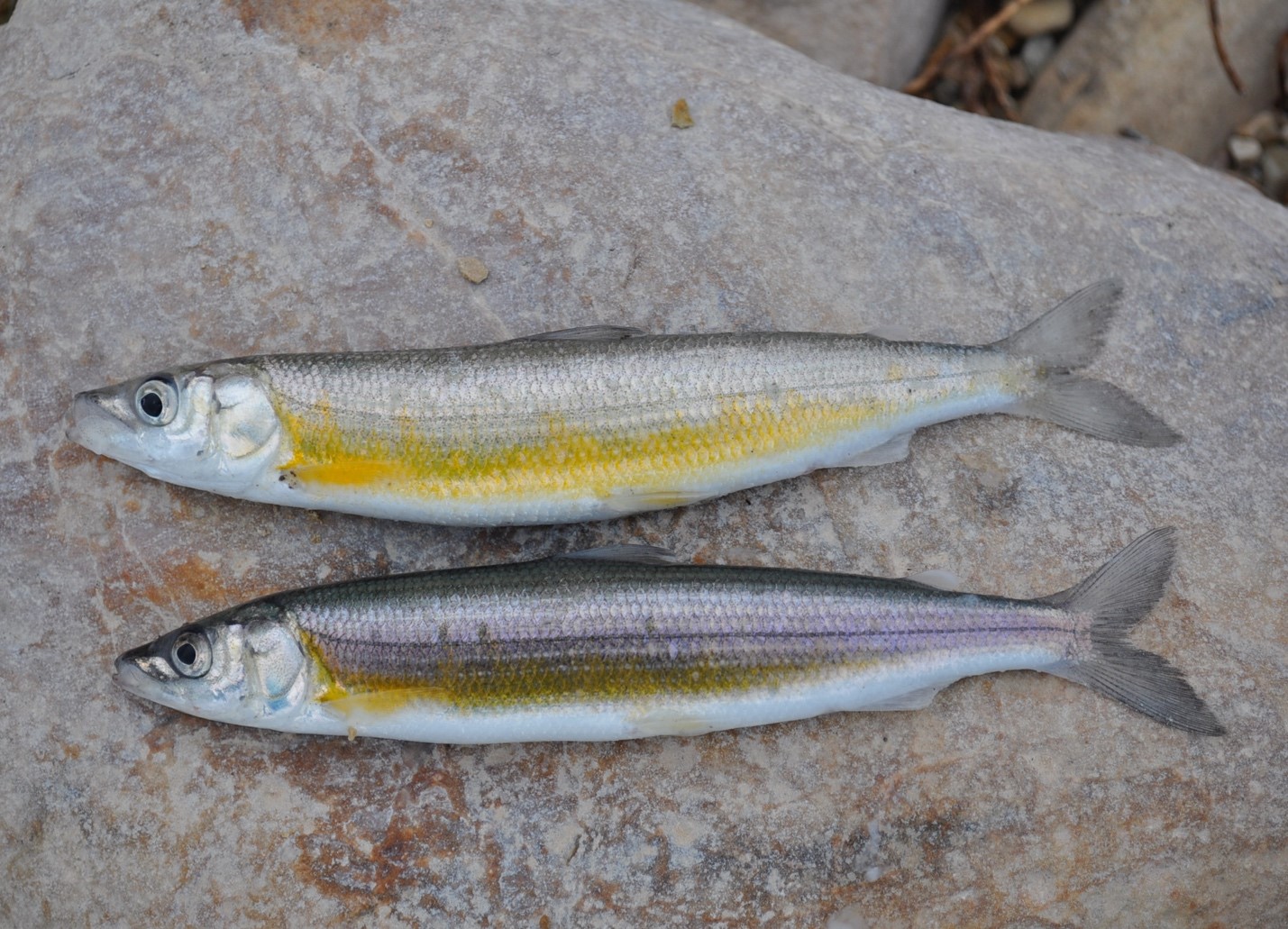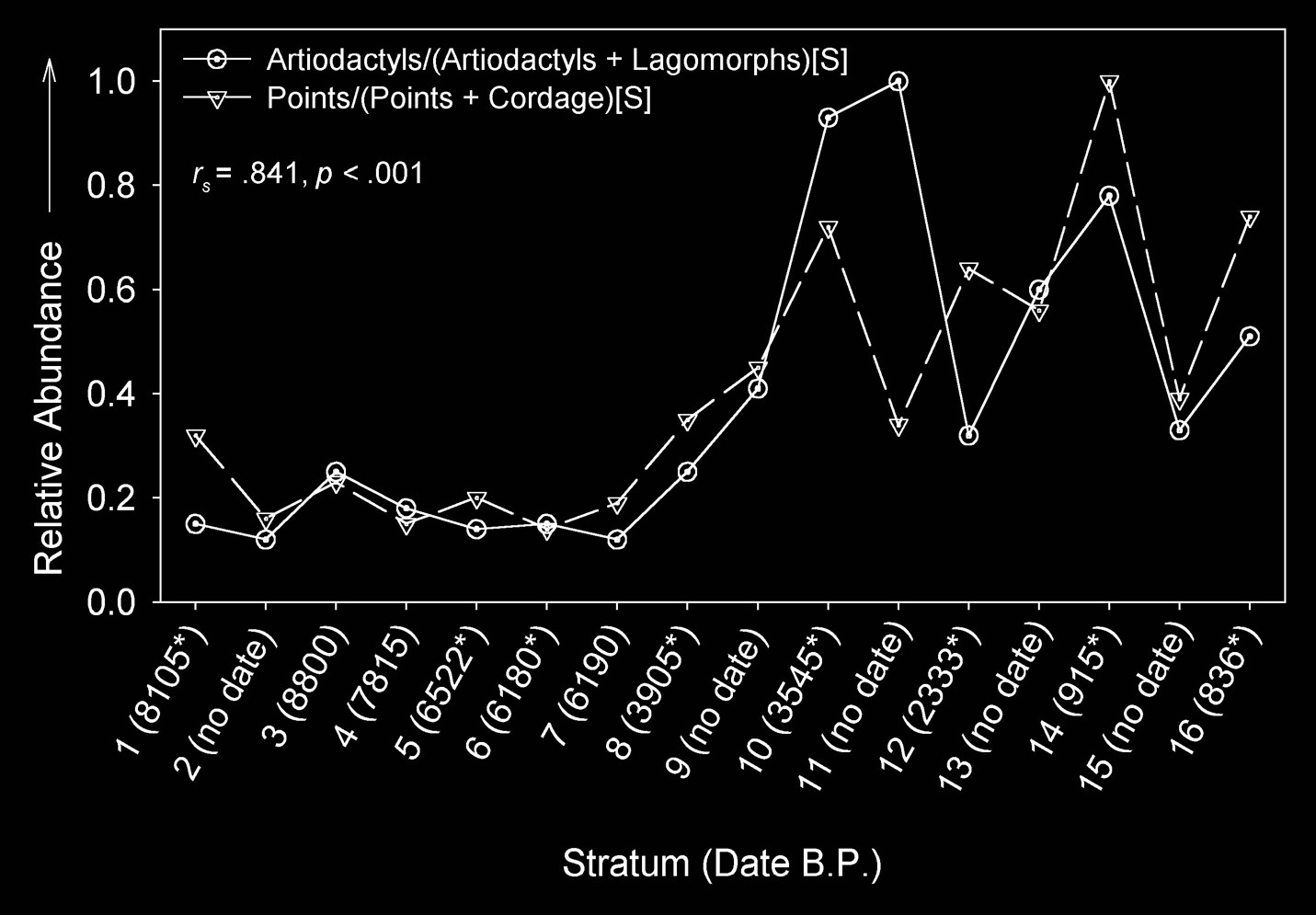Holocene Environmental Change, Artiodactyl Populations, and Human Hunting Behavior in Western North America

The lab also has strong interests in late Pleistocene and trans-Holocene paleoenvironmental change and its effect on artiodactyl populations and, ultimately, human hunting behavior in the region. With many lab collaborators (e.g., Broughton and Bayham 2002; Broughton et al. 2008; Broughton et al. 2011; Byers et al. 2005), we have documented that hot and dry and highly seasonal early and middle Holocene climates depressed artiodactyl populations during those times and that a climatic amelioration that took place during the late Holocene allowed for dramatic herd expansions. Human hunting behavior, as registered in both archaeological vertebrate data and artifact (tool) inventories mirror these trends in many respects: the proportional representation of both artiodactyl bones and projectile points correlate positively with variation in Holocene moisture history and spike during the late Holocene. A long-term effort focused on faunal-based paleoenvironmental reconstructions in the Bonneville Basin strongly supports this argument (Broughton 2000; Broughton et al. 2000; Broughton and Smith 2016; Wolfe and Broughton 2016).






